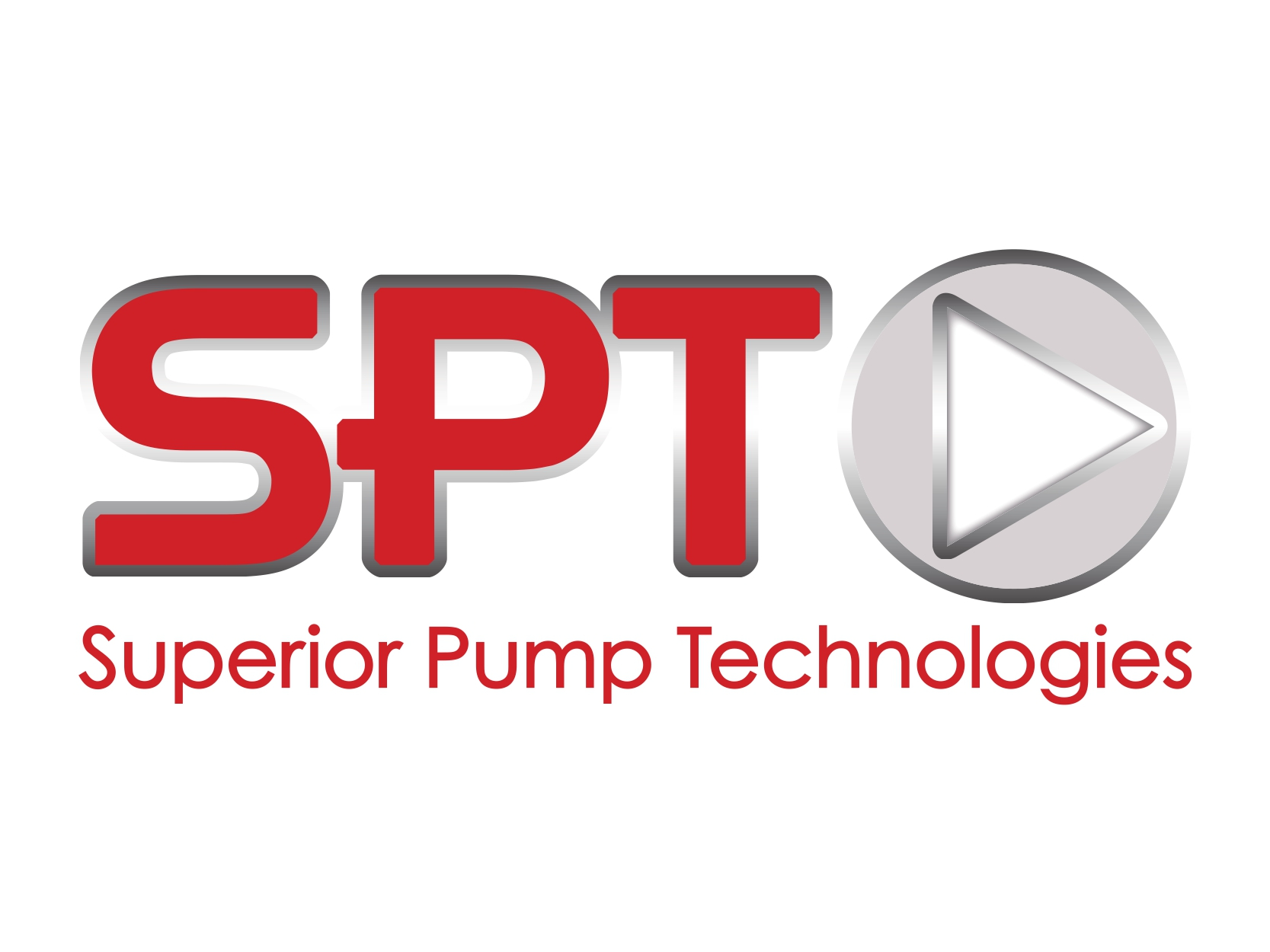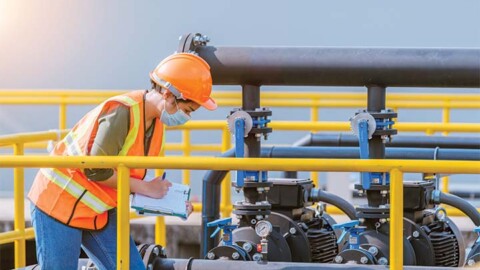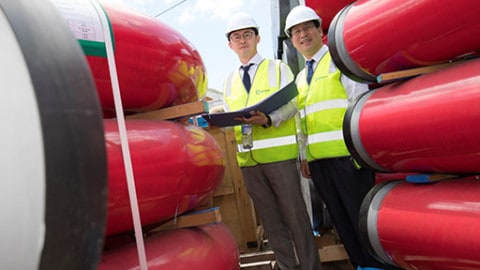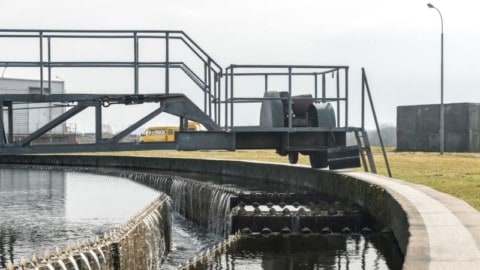By Kody Cook, Journalist, Pump Industry Magazine
In an effort to maintain a high quality supply of drinking water to customers in Lithgow, WaterNSW has installed a Potassium Permanganate Dosing Plant at Oberon Pumping Station to support the facility’s existing manganese reduction methods. Here we take a look at the upgrade and discuss the important role that dosing pumps play in delivering safe, clean drinking water.
Manganese is a mineral that naturally occurs in soil and rock. It’s common for varying amounts of manganese to seep into groundwater sources and eventually end up in our water supplies. High concentrations of manganese can appear as an orange-brown tint in the water or as a metallic taste and smell. Manganese is actually essential for good health in trace amounts, but in high doses it can be harmful, leading to fatigue, muscle pain and even nerve damage – so striking a balance is important.
To ensure that the levels contained in Lithgow’s drinking water supply are below harmful levels, WaterNSW – along with its contractor Diona, and subcontractors Trility and Alliance Automation – have installed a Potassium Permanganate Dosing Plant at Oberon Pumping Station to enhance manganese reduction methods already in place.
The Oberon Pumping Station upgrade
In an effort to keep manganese concentration in a safe range, WaterNSW has installed new water treatment equipment to reduce higher manganese levels caused by seasonal changes to the Fish River Water Supply.
WaterNSW General Manager of Regional Operations Sydney, Brian Mayhew, said that the company is very excited to have this new equipment online as part of its ongoing commitment to providing the highest quality treated water for its customers on the Fish River scheme in the Lithgow Council area.
“Potassium permanganate is commonly used in water treatment plant processes and will be dosed into the water supply in line with current guidelines,” Mr Mayhew said. “The Duckmaloi Water Filtration Plant already removes some manganese, and adding potassium permanganate to the raw water will improve the manganese removal during the water treatment process.
“This new system will allow us to respond immediately to seasonal changes that cause elevated manganese concentrations in the Oberon Dam and, most importantly, supply better quality water for our customers.”
In conjunction with the Potassium Permanganate dosing, WaterNSW will also trial Aluminium Chlorohydrate (ACH), another commonly used chemical in water treatment, to check if this further improves water quality to treated water customers. This again will be dosed in line with current guidelines. The dosing will mainly operate during summer and autumn when the manganese levels are higher.
Dosing pumps
A dosing pump is a positive displacement pump designed to pump a very precise flow rate of a chemical or substance into a gas, steam or – as in this case – water flow. A dosing pump will deliver this precise flow rate of chemical or other product by a number of different methods but in this case the device forms a liquid medicine by adding dry powder and water to dissolve it.
The dosing device is mainly composed of a solution tank, agitator, metering pump, level gauge, electric control cabinet, pipeline, valve, Y-type filter, etc. The device is configured in the mixing box according to the required concentration of the medicine (in this instance potassium permanganate). After being evenly stirred by the agitator, it is put into the solution box and the metering pump is used to deliver a measured amount of the prepared solution to the dosing point of the designated system, which in this case is the Lithgow Council area’s water supply.
Dosing pumps are made up of the following major parts:
• The chemical drum, tank or container, which contains the product that is being dosed into the system.
• The foot valve – a one way valve that is attached to a suction line. It is placed into the container of the dosing product. It is typically weighted at the end, so it remains in the bottom of the container. Sometimes it has a float switch attached to it so that an alarm activates if the product runs out.
• The pump itself. This can vary in size and materials but is generally a variety of chemical resistant plastic (PVC, PE or similar), rubbers or stainless steel. It has a suction line attached to the inlet and the dosing line attached to the suction.
• The dosing line is generally a fairly rigid PVC or PE tube or a reinforced hose, simply for getting the dosage from the pump to the injector point.
• At the point at which the product is injected into the product, there is an injector point. This is a one way valve so that when the dosing pump pushes an amount of product into the line it can overcome the pressure in the delivery pipe and allow the product out into the flow, without letting liquid back up the line and damaging the pump. The injector also has a spout so that the product is delivered into the middle of the flow rather than along the side wall. Over time certain products, especially acids and oxidisers like chlorine or peroxide, can corrode the walls of a pipe if released right at the edge of the stream. Releasing the product into the middle of the stream also creates a vortex, which allows the product to mix properly and to ensure that a proper reaction takes place.
• Control system. Occasionally there is a control system installed to ensure the dosing pump is accurate and turns on and off at particular times. This can range in complexity from a simple timer or flow switch, to an intelligent system complete with sensors for pH, chlorine and similar and variable rate control to raise and lower the level being dosed.



















